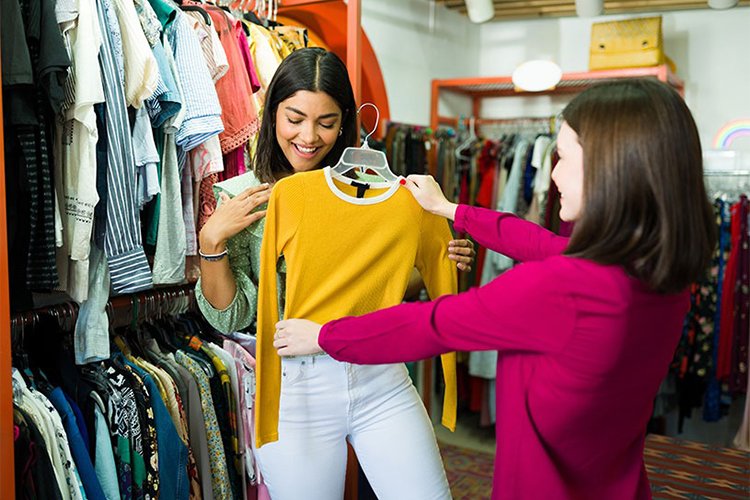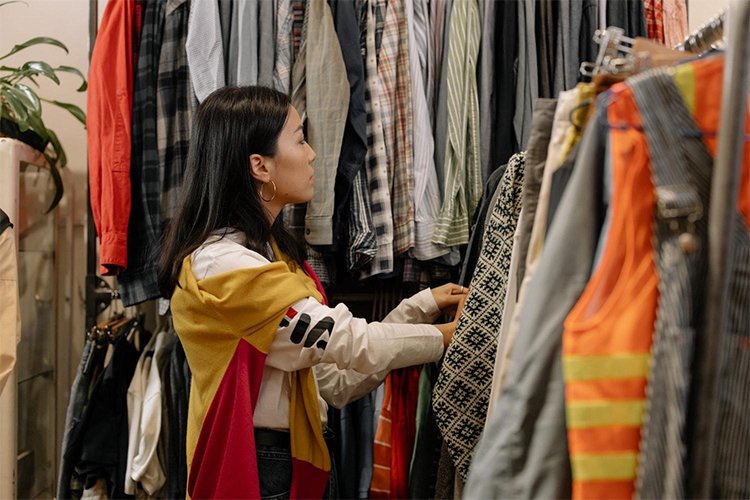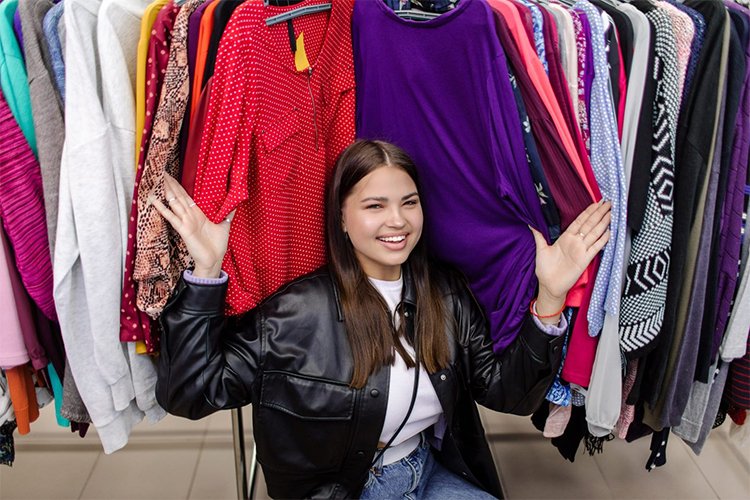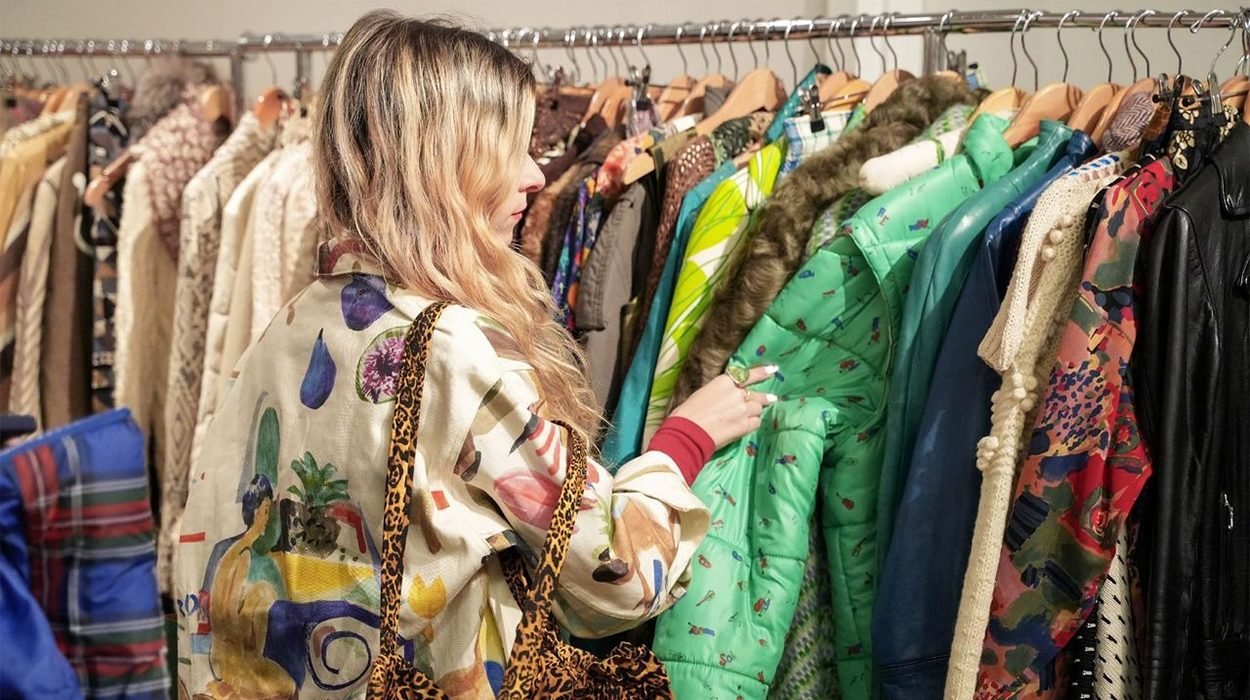In recent years, the secondhand fashion market has seen a remarkable resurgence, and at the forefront of this movement are secondhand fashion boutiques. These stores are more than just places to find used clothing—they are thriving businesses catering to consumers’ growing demand for sustainable, unique, and affordable fashion. As the world becomes more aware of the environmental impact of fast fashion and the desire for individuality in style, secondhand fashion boutiques offer a solution that is both environmentally conscious and trend-conscious.
The rise of the secondhand fashion boutique is not a passing trend—it represents a shift in the way consumers view fashion, value, and consumption. While secondhand clothing has always been around, it’s the transformation of these stores into curated, fashionable spaces that has caught the attention of fashion-conscious shoppers. From vintage treasures to designer finds, these boutiques are changing the way we shop, offering both a sustainable alternative to fast fashion and a curated experience that is both enjoyable and satisfying.

One of the biggest reasons for the rise of secondhand fashion boutiques is the growing awareness of the environmental and ethical issues surrounding fast fashion. The fashion industry is considered one of the world’s biggest polluters, contributing to excessive waste, water consumption and carbon emissions. As consumers become more educated about the environmental impact of their purchases, many are looking for ways to reduce their carbon footprint and make more responsible choices. By shopping secondhand, consumers can breathe new life into used clothing, extending the life of the garments and reducing the demand for new production.
The rise of secondhand fashion boutiques is also driven by the increasing desire for individuality and unique style. Many fashion enthusiasts are turning away from mass-produced clothing and instead looking for unique pieces that reflect their personal style. Second-hand boutiques offer a treasure trove of vintage finds, rare designer pieces, and items you won’t find anywhere else. At these boutiques, shoppers can discover one-of-a-kind garments that tell a story, making fashion not just clothing but also the connection to history, culture, and craftsmanship.

The perception of second-hand fashion has changed dramatically over the years. What was once considered a last resort or something only for people on a tight budget is now seen as a chic and sustainable choice. As high-end brands and celebrities increasingly embrace second-hand fashion, it has become a symbol of conscious consumerism, and shoppers proudly invest in pre-owned pieces. The rise of fashion influencers and bloggers showcasing their second-hand finds on social media has also played a major role in normalizing this once taboo practice. Social media platforms, particularly Instagram, have given secondhand fashion a platform where shoppers can show off their unique finds and inspire others to do the same.
One of the reasons secondhand boutiques have been so successful is that they have adapted to the changing consumer landscape. These boutiques have evolved from dusty thrift stores to curated, aesthetically pleasing shops that offer a premium shopping experience. Today’s secondhand boutiques are thoughtfully designed spaces where customers can browse carefully curated collections of clothing, accessories and shoes. Many of these boutiques focus on providing a luxury shopping experience with items that are high quality and in excellent condition. Customers can expect to find well-preserved pieces, often at a fraction of the original price.
As the secondhand market grows, many boutique owners are also emphasizing the importance of sustainability in their operations. For example, many secondhand fashion boutiques are embracing eco-friendly practices such as using recyclable packaging, offering in-store clothing swaps, or hosting sustainable fashion events to raise awareness about responsible fashion consumption. Some boutiques even partner with sustainability-focused organizations to raise money for environmental causes, demonstrating their commitment to not only offering sustainable fashion but also supporting broader environmental initiatives.

The accessibility and convenience of secondhand fashion boutiques have also contributed to their rise. With the advancement of e-commerce and online marketplaces, secondhand shopping has never been easier. Online platforms like Depop, Poshmark, and ThredUp have made it possible for consumers to shop for secondhand fashion from the comfort of their own home. However, physical boutiques continue to offer a unique experience that online platforms cannot replicate – shoppers can feel the fabric, try on garments and get a first-hand view of the quality of the items. These boutiques are not just retail spaces, but community hubs that bring people together and host events, styling workshops and other experiences that foster a sense of connection and belonging among fashion enthusiasts.
In addition, second-hand fashion boutiques contribute to a more circular economy where the life cycle of clothing is extended and waste is minimized. Instead of clothes ending up in landfills, they are resold, reused and repurposed. This circular model encourages consumers to buy fewer and better things and make more considered choices with their wardrobe. As more people embrace the concept of circular fashion, second-hand boutiques are becoming key players in this new way of thinking about fashion consumption.
Looking ahead, it’s clear that second-hand fashion boutiques will play an even more important role in the fashion industry. These boutiques will no longer be seen as a niche or alternative shopping option – they’re becoming mainstream. In fact, the second-hand market is expected to continue to grow at an impressive rate as more consumers seek sustainable and unique fashion options. This growth isn’t just limited to local boutiques; global second-hand platforms are expanding, offering a wider range of items and making it easier for people to buy and sell used fashion from around the world.
The future of second-hand fashion is bright, with more emphasis on sustainability, customization and community. As shoppers become more discerning and conscious of their buying habits, second-hand boutiques will continue to thrive, offering a unique, eco-friendly and cost-effective way to buy stylish, high-quality pieces.
Conclusion
The rise of the second-hand fashion boutique is evidence of a significant shift in how we approach fashion. These boutiques have become more than just places to buy clothes – they represent a movement towards sustainability, individuality and conscious consumption. As shoppers embrace the growing appeal of secondhand fashion, these boutiques have evolved to offer curated collections, a premium shopping experience and a sense of community. As the fashion industry faces increasing pressure to reduce its environmental impact, secondhand boutiques offer a viable and stylish alternative to traditional shopping. Not only do they offer affordable fashion, but they also provide a sustainable shopping option for the future. The secondhand fashion boutique is no longer a trend, but a revolution in the making that will change the future of fashion for the better.

